Maritime Security and the Expanding India and US Naval Cooperation
India and the United States have built a naval partnership that has evolved from limited exercises into an integrated maritime security relationship.
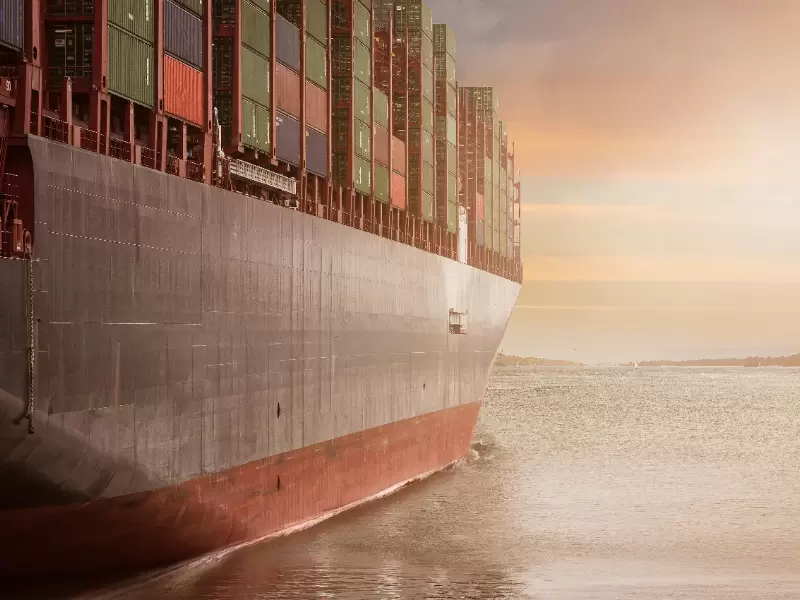 Representative Image / Pexels
Representative Image / Pexels
The Indo-Pacific has become the world’s most important geopolitical region. It accounts for nearly 60 percent of global GDP. Every year, more than $3.5 trillion worth of goods passes through its sea lanes. New Delhi and Washington face common challenges in this region. For example China’s expanding naval presence, threats to undersea infrastructure, and illicit maritime activity. To address these challenges, India and the United States have built a naval partnership that has evolved from limited exercises into an integrated maritime security relationship.
From Malabar Beginnings to Quad Convergence
The partnership’s roots trace back to 1992, when the first “Malabar” exercise was held as a modest bilateral drill off India’s coast. Through the 1990s and early 2000s, it remained symbolic focused on basic interoperability and communication.
Momentum accelerated after 2005, when both nations signed the New Framework for Defense Relationship, paving the way for more complex joint drills. The Malabar series expanded in scope and sophistication introducing carrier operations, anti-submarine warfare (ASW) and cross-deck helicopter missions. A key turning point came in 2007, when the navies of India, Japan, Australia, and the United States participated together in Malabar for the first time. This marked the earliest multilateral form of the exercise and laid the foundation for future Quad naval cooperation.
A watershed moment arrived in 2015, when Washington designated India a Major Defense Partner, opening doors to advanced defense technologies. By 2020, “Malabar” had transformed into a Quad maritime exercise, permanently involving India, the United States, Japan, and Australia. The drills now simulate integrated carrier strike operations, multi-domain coordination, and high-end ASW scenarios, positioning the Quad as a core element of Indo-Pacific maritime deterrence.
Defense Deals: From Equipment to Integration (From 2009 to 2025)
The hardware dimension of maritime cooperation began with the Boeing P-8I Poseidon contract signed in January 2009, valued at $2.1 billion for eight aircraft. The long-range maritime patrol and ASW platform became the backbone of India’s sea-based surveillance network. Four additional aircraft followed in 2016, expanding the fleet to twelve. This was complemented by the MH-60R Seahawk deal-24 multi-role helicopters worth over $2.6 billion thus strengthening India’s ship-based ASW capability. Deliveries began in 2021, supported by joint training and logistics programs.
The period from 2016 to 2020 saw the signing of the three foundational defense agreements- Logistics Exchange Memorandum of Agreement, Communications Compatibility and Security Agreement and Basic Exchange and Cooperation Agreement for Geospatial Intelligence agreements which together enabled logistics sharing, encrypted communications, and access to U.S.-geospatial and satellite data. These pacts gave India’s maritime platforms operational compatibility with United States and allied systems, enhancing networked situational awareness. From 2020 to 2024, maritime cooperation expanded into the unmanned domain. India approved the purchase of 31 MQ-9B SeaGuardian/SkyGuardian drones, a four billion dollars deal providing 30+ hours of endurance and persistent intelligence, surveillance, and reconnaissance coverage across vast ocean areas. The drones integrate with the P-8I’s mission systems, creating a layered surveillance network. Together, these platforms P-8I, MH-60R, and MQ-9B form the triad of India and United States maritime power projection to long-range surveillance, ship-based ASW, and unmanned persistent coverage.
From Acquisition to Co-Production and Industrial Partnership
In 2025 India and United States maritime cooperation turned from acquisition to co-production. A landmark development came in with the sonobuoy co-production agreement between Ultra Maritime (United States) and Bharat Dynamics Limited (India). Sonobuoys-acoustic sensors deployed by P-8I aircraft for submarine detection-are critical yet consumable. Local production reduces costs, ensures steady supply, and builds India’s capacity in maritime sensor manufacturing.
Parallel to this, U.S. defense innovators such as Anduril Industries and Liquid Robotics joined hands with Mahindra Defence and Sagar Defence Engineering under the Autonomous Systems Industry Alliance to develop undersea and surface unmanned vehicles for persistent surveillance.
This industrial collaboration marks a fundamental shift from a buyer - seller dynamic to one of co-developers and system integrators, aligning with both nations’ goals under the Initiative on Critical and Emerging Technology.
Maritime Domain Awareness and Data Fusion.
A central element of the modern partnership is real-time maritime data fusion. The Information Fusion Centre-Indian Ocean Region in Gurugram now integrates radar and satellite inputs from 28 countries and multiple partners, to generate a shared operational picture of the Indian Ocean. In 2025, Washington approved the $131 million sale of the SeaVision maritime-tracking platform and invested $125 million under the Indo-Pacific maritime domain awareness initiative to link Indian radars and satellites with regional networks.
Strategic Significance and Outlook
The evolution of India and United States naval cooperation reflects the strategic logic of the Indo-Pacific era. For Washington, India provides regional reach and legitimacy in a theater where permanent bases are politically sensitive. For New Delhi, the partnership offers advanced technology, ISR infrastructure, and industrial access while maintaining strategic autonomy.
Shubham Thorat works as an Analyst at IndUS Tech.
(The views and opinions expressed in this article are those of the author and do not necessarily reflect the official policy or position of New India Abroad)
This cooperation aligns with India’s “MAHASAGAR” (Mutual Holistic Advancement For Security and Growth for All in the Region) vision and the U.S. Free and Open Indo-Pacific (FOIP) strategy, converging on a shared goal: a stable, transparent, and rules-based maritime order.
From the first Malabar exercise in 1992 to sonobuoy co-production in 2025, India and the United States have built a comprehensive maritime partnership-spanning operations, platforms, industry, and intelligence.
ADVERTISEMENT
ADVERTISEMENT
E Paper
Video



 Shubham Thorat
Shubham Thorat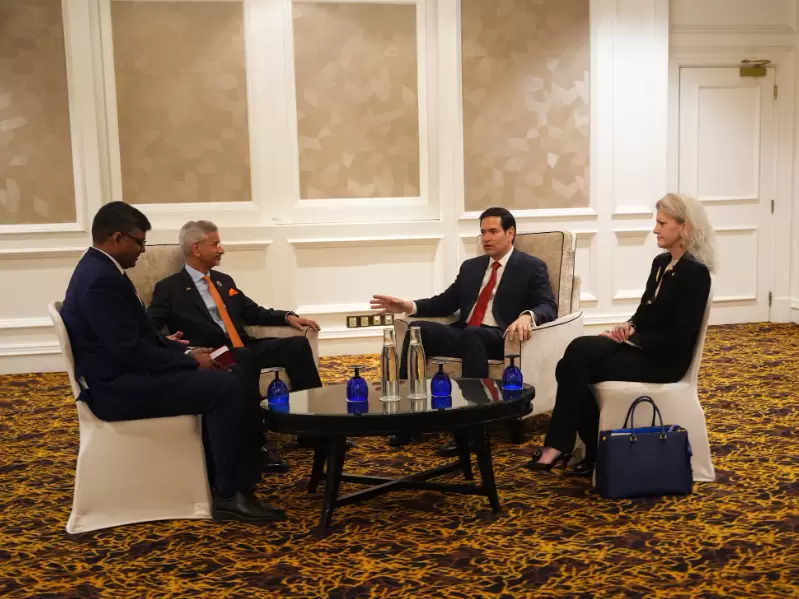
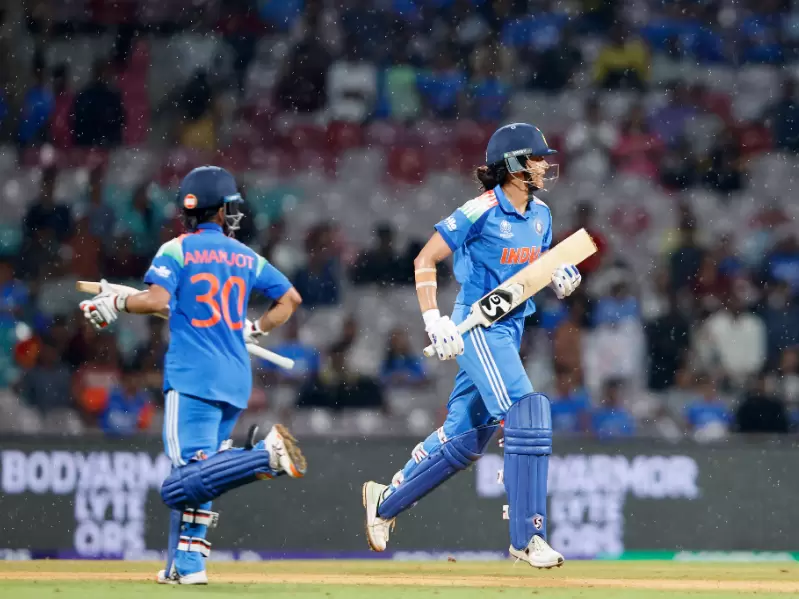
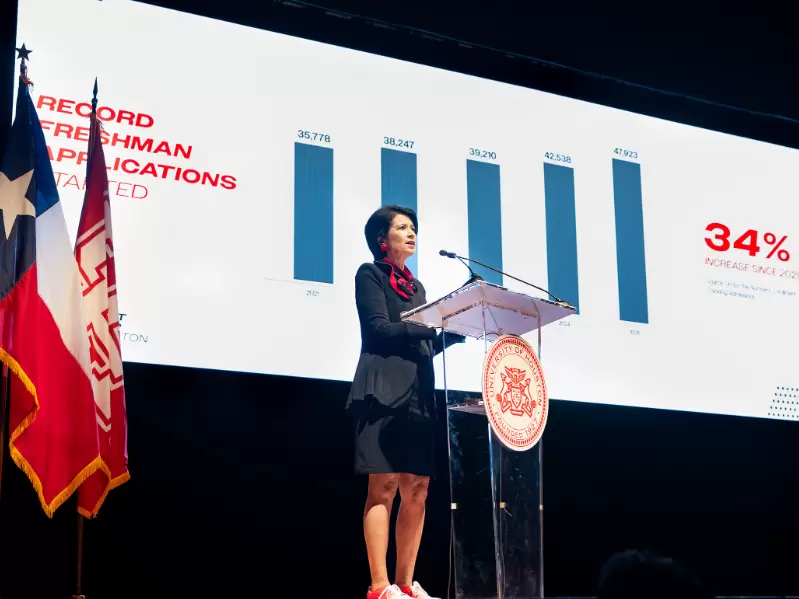
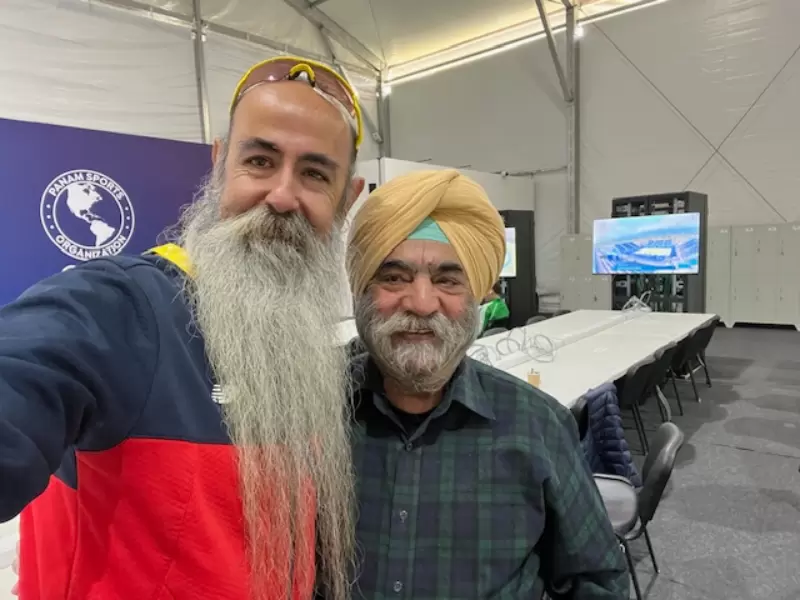
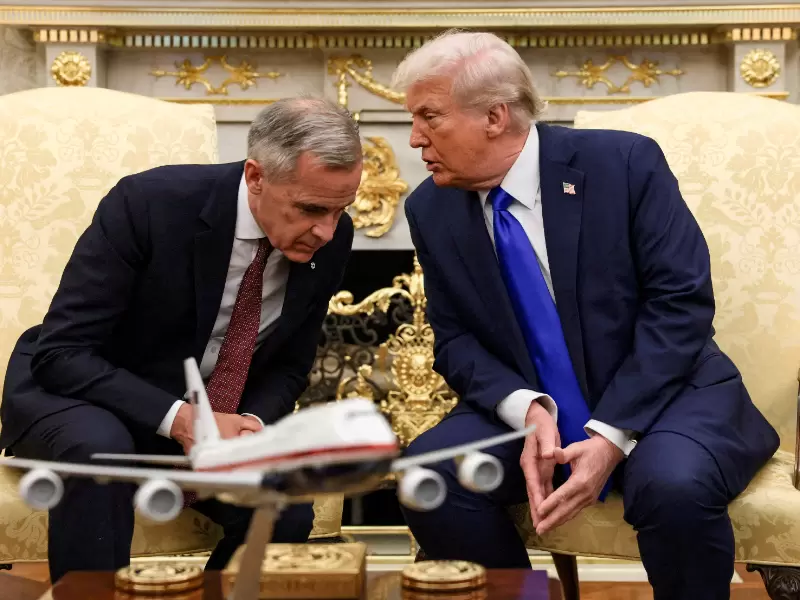

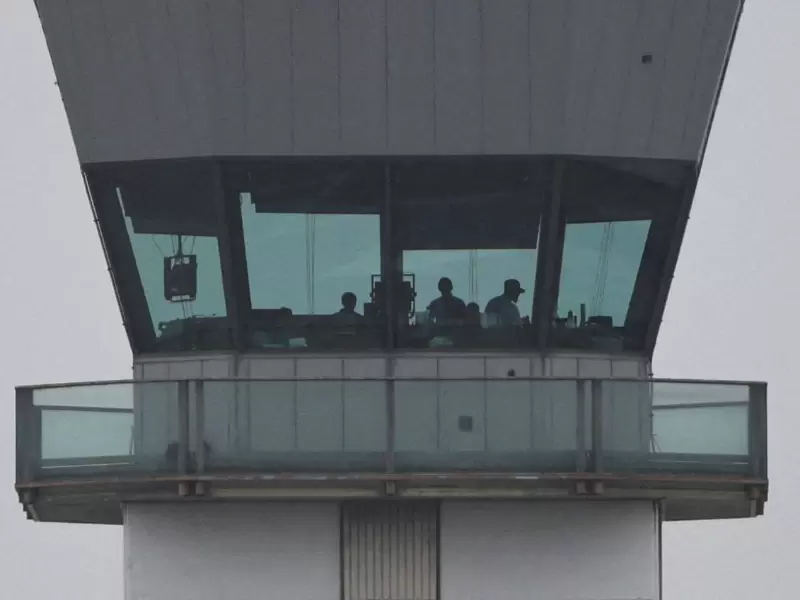
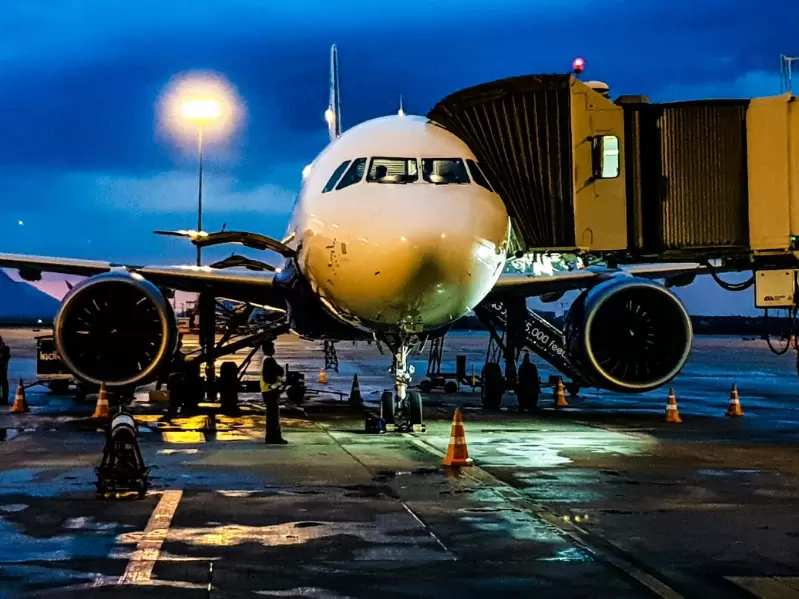
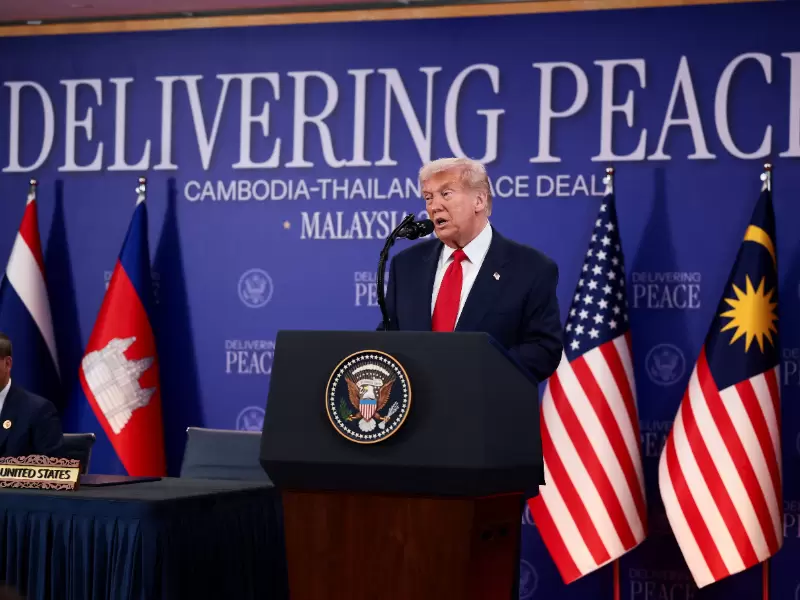
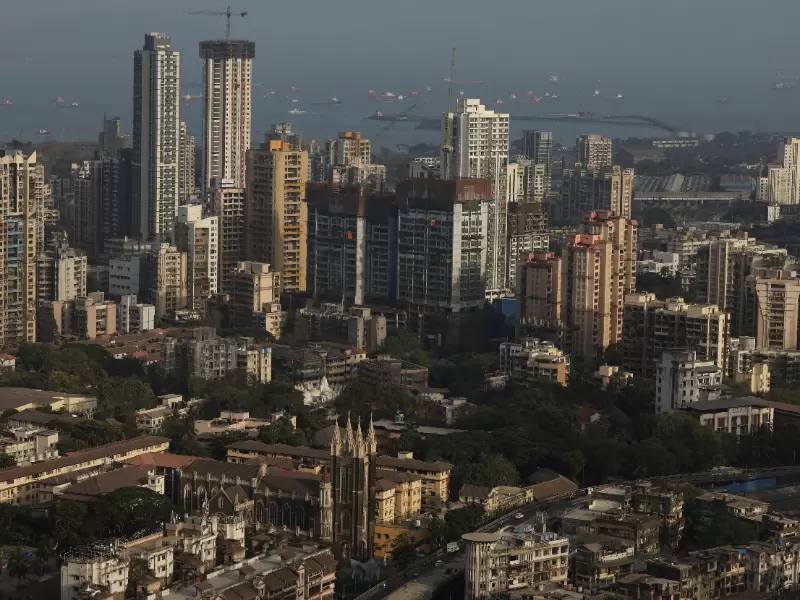
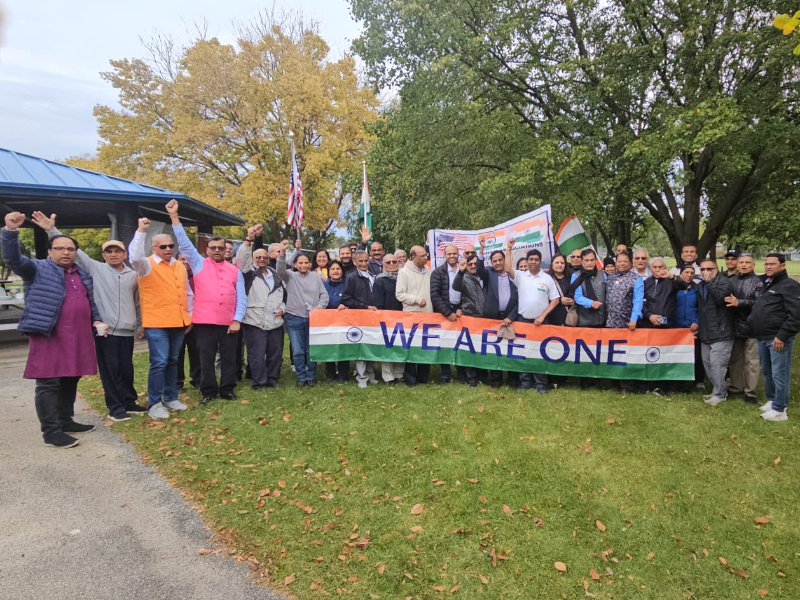
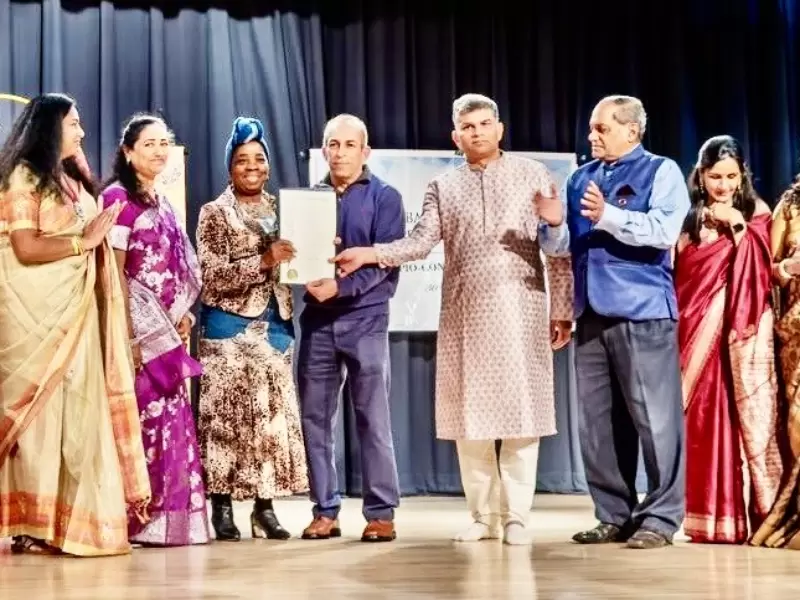



Comments
Start the conversation
Become a member of New India Abroad to start commenting.
Sign Up Now
Already have an account? Login